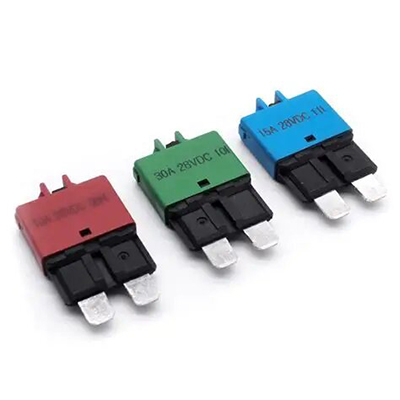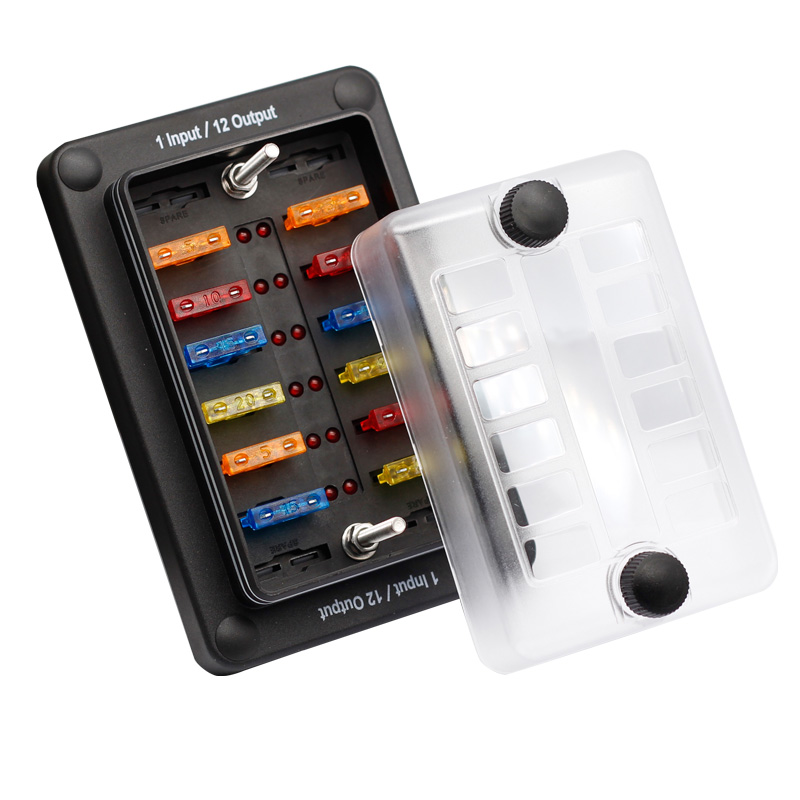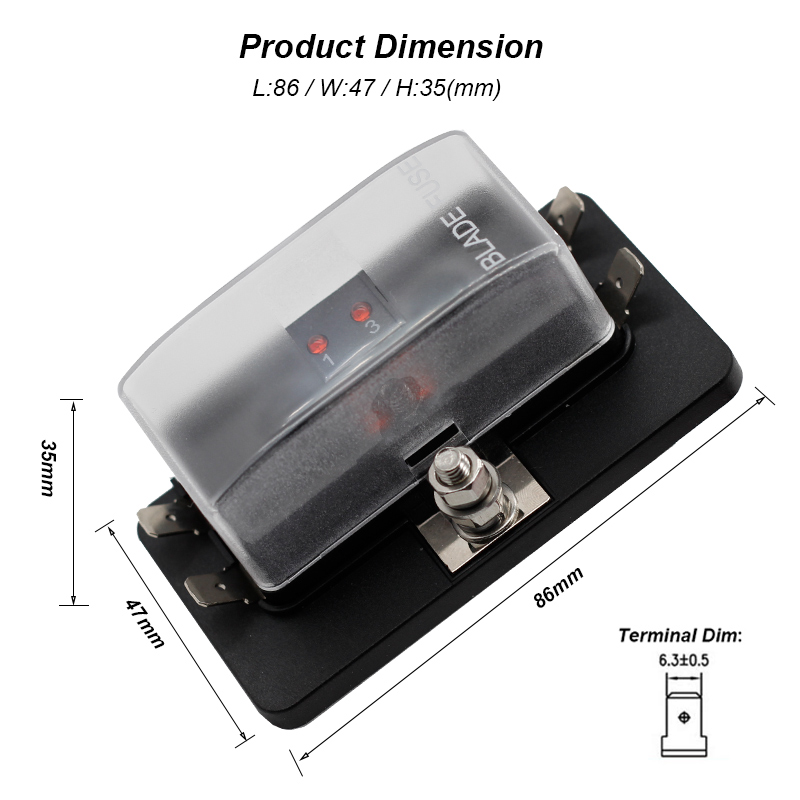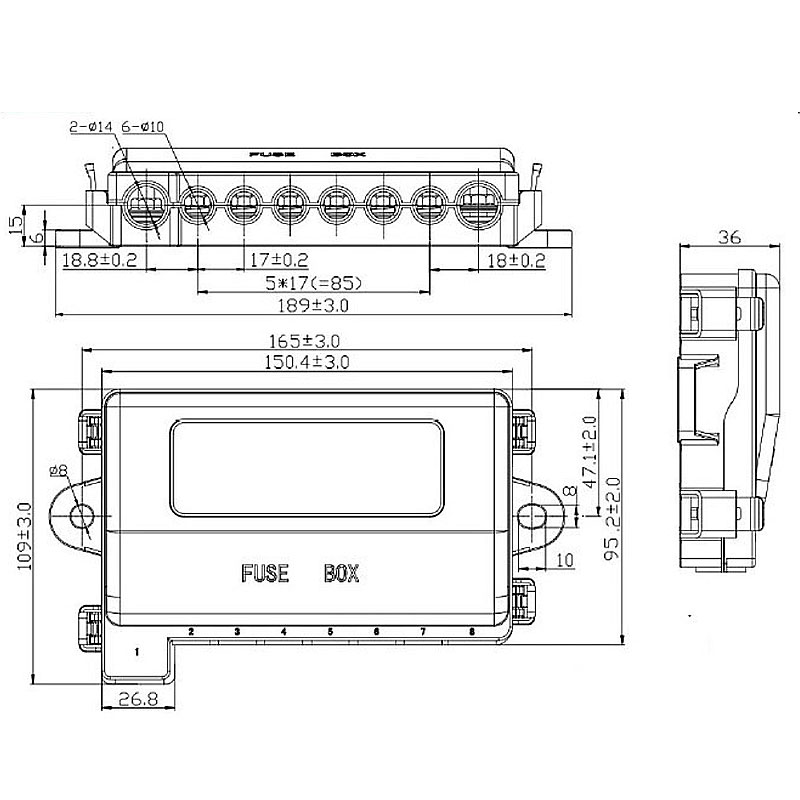A Comprehensive Overview of Automotive Fuse Color Coding for Effortless Ampere Rating Identification
News 2025-10-13
Car fuses play a critical role in safeguarding vehicle electrical systems by preventing damage from excessive current. This color coding system allows users to quickly discern amp ratings, which is vital for safe and efficient repairs. In automotive contexts, accurate fuse selection can avert costly failures or hazards, making this knowledge essential for both professionals and DIY enthusiasts. By mastering fuse colors, individuals enhance maintenance practices, ensuring components like lighting and audio systems operate reliably without risk.

Decoding the Standard Color Code System
Fuses in cars adhere to a widely recognized color scheme that correlates specific hues with amp ratings. For example, gray often denotes 2 amps, violet 3 amps, and pink 4 amps, while red signifies 10 amps, blue 15 amps, and yellow 20 amps. Higher ratings might use clear for 25 amps or green for 30 amps. This standardization, based on industry norms, facilitates rapid identification during fuse replacement, reducing errors in high-pressure situations like roadside fixes.
Practical Applications and Performance Benefits
In various vehicle scenarios, such as diagnosing electrical issues in modern cars or customizing audio setups, color coding streamlines the process. It offers a performance edge by enabling precise matching of fuses to circuit demands, which minimizes downtime and boosts system longevity. For instance, in high-amperage applications like engine control units, using the correct fuse via color identification ensures optimal protection, enhancing overall vehicle safety and reliability without compromising on ease of use.
Frequently Asked Questions
1. What does each fuse color represent in terms of amp ratings?
Answer: Fuse colors correspond to specific amp values, like red for 10A and blue for 15A, based on standard automotive guidelines.
2. Why is it important to use the correct amp rating when replacing a fuse?
Answer: Using the wrong rating can cause circuit damage or fires, so matching the color code ensures proper protection.
3. Can I use a higher amp fuse if the original is unavailable?
Answer: No, a higher amp fuse might not blow during overloads, leading to potential hazards—always use the exact rating.


